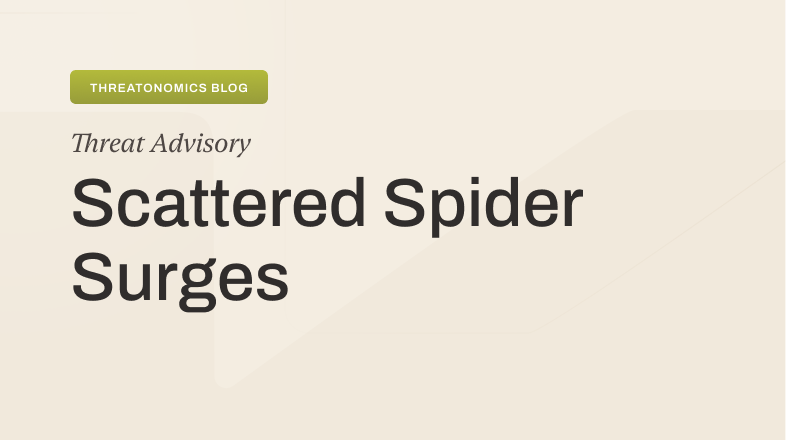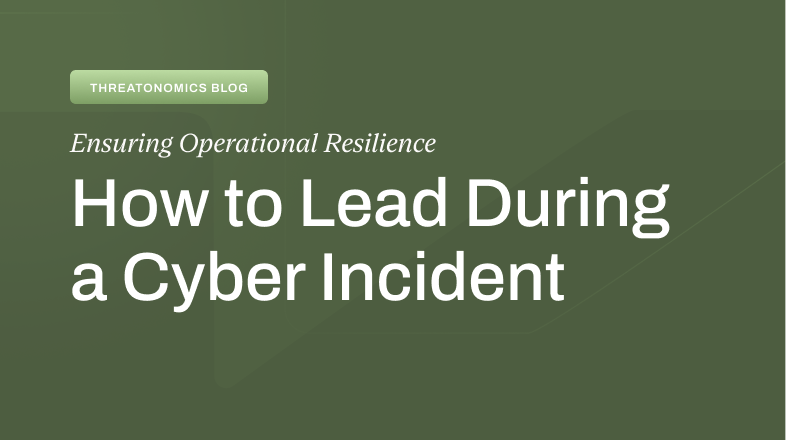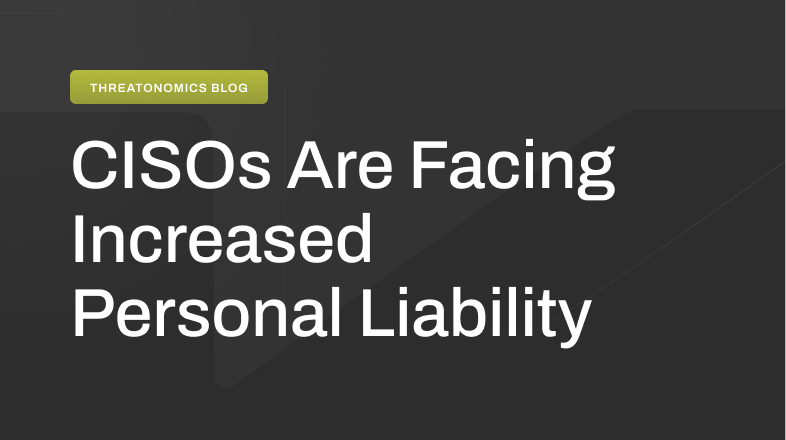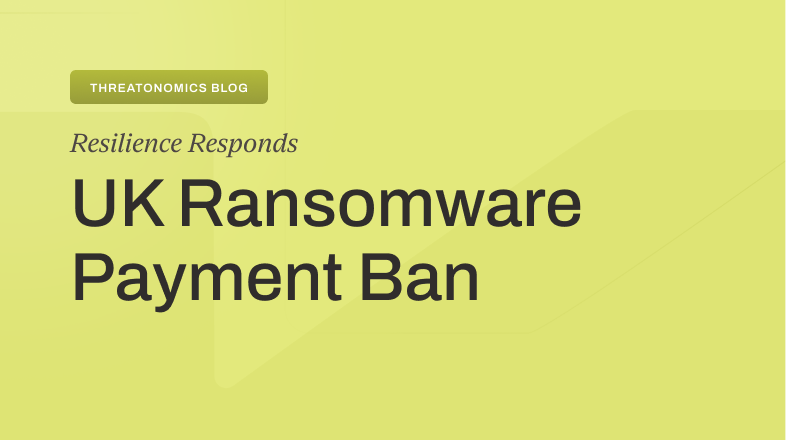Everyone needs cybersecurity–and we’d argue that most organizations need cyber insurance–but not everyone understands how or why cyber risk solutions actually benefit their company. Resilience is tackling both the “how” and the “why” with our dual product offerings: The Edge Solution Platform and the Edge Engagement Summary.
First, the Edge Solution. Edge is packed with tools like Dark Web and Attack Surface Monitoring, Threat Intelligence, and Breach & Attack Simulation tests powered by AttackIQ—all designed to keep your organization one step ahead of cyber criminals. It also includes features like a Cyber Advisory Program, virtual tabletop exercises, and a Quantified Action Plan, providing you with everything you need to measure, mitigate, and manage threats with confidence.
But what do you do with all of that information? We know that bridging the gap between technical cybersecurity concepts and the business priorities of various departments requires a common language and a shared understanding of cyber resilience.
So rather than just throw all of that information at you, we created the Edge Engagement Summary; a tool designed to not only give you an overview of your cybersecurity efforts but also to facilitate this communication and foster a more unified approach to cybersecurity across your organization.
What is the Edge Engagement Summary?
Our mantra at Resilience is simple: we help you measure, mitigate, and manage all your cybersecurity efforts. With that in mind, the Edge Engagement Summary is a comprehensive PDF report that offers a view over time into your organization’s cybersecurity efforts, leveraging the Edge Solution.
The Edge Engagement Summary is more than just a snapshot of where you are; it’s a tool that shows how–with your efforts and the capabilities of the platform–your cybersecurity posture has improved over time. It also identifies areas where you can continue to enhance your defenses.
Let’s break down the two key sections of the report:
- Risk Mitigation
This section quantifies how much you’ve reduced your cyber risk. It compares your organization’s security controls to those of industry peers and highlights implemented risk action plans, their financial impact, and exposures.
- Solution Engagement
This section highlights your proactive security efforts. It covers key activities like Breach and Attack Simulation (BAS) tests, Vulnerability Risk Reduction (VRR), Tabletop Exercises (TTX), and the remediation of Critical Findings. This section paints a clear picture of how your organization is not just reacting to threats but actively engaging in practices that bolster your defenses.
Targeting the message: Key stakeholder groups
The power of the Edge Engagement Summary lies in its ability to easily convey meaningful insights, which you can then tailor to different stakeholder groups within your organization. In other words, the Summary can help you meet your colleagues where they are by speaking their language.
Tailoring the Edge Engagement Summary for Communicating with CFOs and finance teams
CFOs are increasingly involved in cybersecurity decisions due to the financial implications of a potential breach, IT failure, or cyber attack. They need a clear understanding of how cybersecurity investments impact the bottom line, and they often struggle with quantifying cyber risks and justifying cybersecurity spending.
When communicating with CFOs about your cybersecurity efforts, focus on these key aspects of the Edge Engagement Summary:
- Translate technical vulnerabilities into financial impact: CFOs are more concerned with the financial impact of cybersecurity risks than with technical details. The Edge Engagement Summary helps bridge this gap by quantifying risk reduction in financial terms, calculating potential cost savings, and demonstrating the ROI of security investments.
- Provide data-driven insights and metrics: CFOs value data-driven decision-making. Emphasize the report’s use of metrics to demonstrate the financial effectiveness of the organization’s cybersecurity program and the impact of risk mitigation efforts.
- Showcase cost savings and ROI: Illustrate how proactive security measures and the remediation of critical findings can lead to cost savings and a positive return on investment. Use real-world examples from the summary, such as the reduction in potential losses from specific cyber incidents.
- Demonstrate alignment with business objectives: CFOs need to see how cybersecurity investments align with overall business goals. Explain how the Edge Engagement Summary helps identify vulnerabilities that could impact revenue or profitability and how it supports compliance with data protection regulations, which can help avoid costly fines.
- Build confidence in cyber risk management: CFOs face challenges in predicting and budgeting for potential cyber losses. The Edge Engagement Summary provides visibility into cyber risk exposure, control effectiveness, and risk transfer mechanisms, enabling CFOs to make more informed decisions about cybersecurity investments. You can also highlight Resilience’s awards from reputable organizations such as FORTUNE and SC Awards to build credibility and demonstrate that you can meet real needs.
Tailoring the Edge Engagement Summary for Communicating with CISOs
CISOs are highly technical and security-savvy individuals responsible for protecting their organizations from cyber threats. They are increasingly focused on cyber resilience, but often face challenges in securing adequate budgets, justifying cybersecurity investments, and managing the complexity of their security operations. They may also struggle to effectively communicate cyber risks to non-technical stakeholders, such as the CFO and board members.
To effectively communicate with your CISO, consider these key points:
- Highlight the Summary’s role in achieving cyber resilience: CISOs are moving beyond a prevention-only mindset and embracing a proactive, resilience-focused approach to cybersecurity. The Edge Engagement Summary helps them demonstrate their progress towards achieving cyber resilience by:
- Quantifying risk reduction.
- Showcasing the remediation of critical findings escalated by the Resilience Operations Center.
- Detailing the use of Breach and Attack Simulation tools to proactively test and improve security.
- Emphasize visibility, control, and automation: CISOs need solutions that simplify security operations and provide a holistic view of their cyber risk posture. Highlight the Edge Engagement Summary’s ability to:
- Provide visibility into cyber assets, including shadow IT, cloud, and IoT devices.
- Streamline exposure management and reporting, making it easier to track progress and communicate with stakeholders.
- Facilitate effective communication with leadership by translating technical vulnerabilities into financial impact.
- Showcase data-driven insights for strategic decision-making: CISOs are analytical and data-driven in their approach to security. Emphasize the report’s ability to provide insights into areas for improvement, such as:
- Pinpointing vulnerabilities based on peer benchmarking data.
- Identifying key priorities for improvement through solution engagement metrics.
- Tracking progress and demonstrating the effectiveness of security investments.
- Facilitate budget justification and resource allocation: CISOs often struggle to secure adequate budget and resources for their initiatives. Demonstrate how the Edge Engagement Summary can be used to:
- Support budget requests by quantifying the financial impact of cyber risks and the ROI of mitigation efforts.
- Justify resource allocation by highlighting areas where improvements are most needed.
- Track the implementation of action plans and demonstrate progress to leadership.
Tailoring the Edge Engagement Summary for Communicating with Risk Managers
Risk managers are highly analytical and data-driven, which makes the Edge Engagement Summary an invaluable tool for their decision-making process. Start by explaining how the summary delivers precise, data-driven insights that help them make informed decisions about risk mitigation and transfer. Emphasize that this report doesn’t just present information; it provides actionable intelligence.
For instance, communicate with your risk manager that they can use the Summary to demonstrate progress in addressing top priorities, including:
- Strengthening cybersecurity practices: The summary highlights efforts to bolster cybersecurity across the organization, showcasing proactive measures like breach simulations, vulnerability assessments, and remediation activities. This helps risk managers ensure that the organization’s defenses are continuously improving.
- Advanced stress-testing capabilities: Risk managers can leverage the report to develop sophisticated stress-testing scenarios for the organization’s profit and loss (P&L) statements and balance sheets. By simulating the financial impact of various cyber threats, they can better prepare the organization for potential risks and ensure resilience.
- Refining risk appetite with senior management: The data within the Edge Engagement Summary supports meaningful discussions with senior leadership about the organization’s risk appetite. By presenting clear, quantifiable metrics, risk managers can help refine and align the organization’s risk tolerance with its strategic goals.
The Edge Engagement Summary is an invaluable tool for communicating cybersecurity value, driving internal alignment, and fostering a culture of cyber resilience. By providing a common language, data-driven insights, and actionable recommendations, it empowers organizations to make informed decisions, prioritize actions, and ultimately strengthen their cybersecurity posture.
To learn more, please contact Resilience for a demonstration or to discuss your organization’s Edge Engagement Summary.








